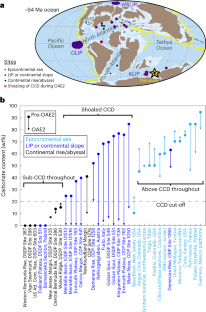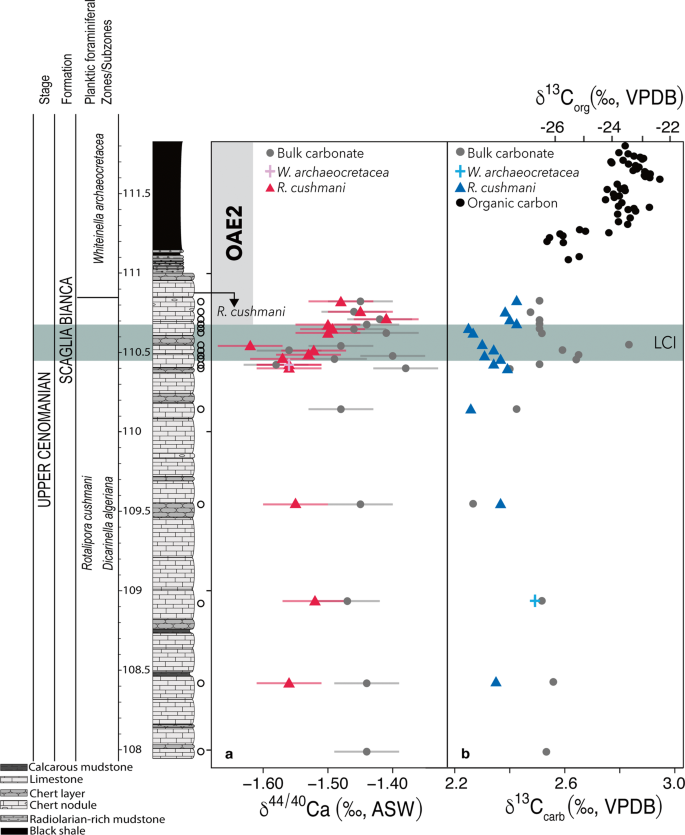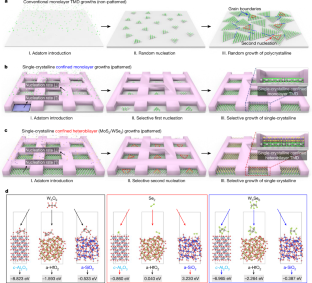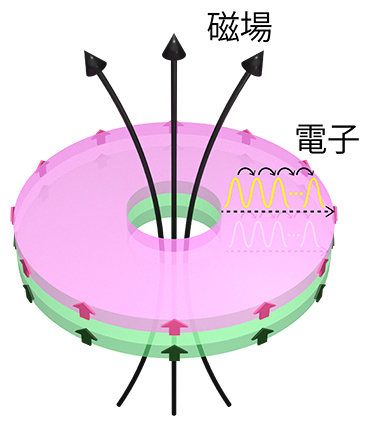白亜紀中期の火山活動が海洋酸性化を引き起こしたことを確認する新たな研究結果 New studies confirm mid-Cretaceous volcanism caused ocean acidification
2023-01-19 ノースウェスタン大学
◆研究チームは、世界各地の3つの地点から採取した浮遊性微化石とバルク堆積物を研究し、このイベントの初期段階で、海底の巨大火山群の噴火による二酸化炭素(CO2)の排出によって海洋酸性化が起こったことを示す直接的証拠を収集した。
◆今回の研究では、海洋酸性化によって、高温の温室効果ガスが発生した時期に一時的に気温が低下する「プレナス寒冷化現象」が起こった理由を説明する新しい仮説も提唱している。
◆研究チームは、火山から流入したCO2が海洋化学、生物化石、気候にどのような影響を与えたかを分析することで、現在の地球が人間活動によるCO2の増加にどのように反応しているかをより深く理解し、予想される結果に適応し緩和するための解決策につながる可能性があるとしている。
◆オーストラリア南西部付近で新たに掘削された深海コアから得られた知見を含む論文は、1月19日、学術誌『Nature Geoscience』に発表されました。また、古代の奇形微化石から得られた知見を詳述した補完的な論文も、12月13日にネイチャー誌「Communications Earth & Environment」に掲載されました。
<関連情報>
- https://news.northwestern.edu/stories/2023/01/malformed-seashells-ancient-sediment-provide-clues-about-earths-past/
- https://www.nature.com/articles/s41561-022-01115-w
- https://www.nature.com/articles/s43247-022-00641-0
白亜紀中期の海洋酸性化の突然のエピソードは、大規模な火山活動が引き金となっている。 Abrupt episode of mid-Cretaceous ocean acidification triggered by massive volcanism
Matthew M. Jones,Bradley B. Sageman,David Selby,Andrew D. Jacobson,Sietske J. Batenburg,Laurent Riquier,Kenneth G. MacLeod,Brian T. Huber,Kara A. Bogus,Maria Luisa G. Tejada,Junichiro Kuroda & Richard W. Hobbs
Nature Geoscience Published:19 January 2023
DOI:https://doi.org/10.1038/s41561-022-01115-w

Abstract
Large-igneous-province volcanic activity during the mid-Cretaceous triggered a global-scale episode of reduced marine oxygen levels known as Oceanic Anoxic Event 2 approximately 94.5 million years ago. It has been hypothesized that this geologically rapid degassing of volcanic carbon dioxide altered seawater carbonate chemistry, affecting marine ecosystems, geochemical cycles and sedimentation. Here we report on two sites drilled by the International Ocean Discovery Program offshore of southwest Australia that exhibit clear evidence for suppressed pelagic carbonate sedimentation in the form of a stratigraphic interval barren of carbonate minerals, recording ocean acidification during the event. We then use the osmium isotopic composition of bulk sediments to directly link this protracted ~600 kyr shoaling of the marine calcite compensation depth to the onset of volcanic activity. This decrease in marine pH was prolonged by biogeochemical feedbacks in highly productive regions where elevated heterotrophic respiration added carbon dioxide to the water column. A compilation of mid-Cretaceous marine stratigraphic records reveals a contemporaneous decrease of sedimentary carbonate content at continental slope sites globally. Thus, we contend that changes in marine carbonate chemistry are a primary ecological stress and important consequence of rapid emission of carbon dioxide during many large-igneous-province eruptions in the geologic past.
奇形有孔虫のカルシウム同位体比から、海洋無酸素現象2に先立つ生物凝集ストレスが明らかになった Calcium isotope ratios of malformed foraminifera reveal biocalcification stress preceded Oceanic Anoxic Event 2
Gabriella D. Kitch,Andrew D. Jacobson,Bradley B. Sageman,Rodolfo Coccioni,Tia Chung-Swanson,Meagan E. Ankney & Matthew T. Hurtgen
Communications Earth & Environment Published:13 December 2022
DOI:https://doi.org/10.1038/s43247-022-00641-0

Abstract
Ocean acidification causes biocalcification stress. The calcium isotope composition of carbonate producers can archive such stress because calcium isotope fractionation is sensitive to precipitation rate. Here, we synthesize morphometric observations of planktic foraminifera with multi-archive calcium isotope records from Gubbio, Italy and the Western Interior Seaway spanning Cretaceous Ocean Anoxic Event 2 (~94 million years ago). Calcium isotope ratios increase ~60 thousand years prior to the event. The increase coincides with foraminiferal abnormalities and correlates with existing proxy records for carbon dioxide release during large igneous province volcanism. The results highlight Ocean Anoxic Event 2 as a geologic ocean acidification analog. Moreover, decreasing calcium isotope ratios during the event provide evidence for ocean alkalinization, which could have shifted air-sea carbon dioxide partitioning. These data offer an explanation for the Plenus Cold Event and further have implications for refining ocean alkalinity enhancement, a leading anthropogenic carbon dioxide removal strategy.



